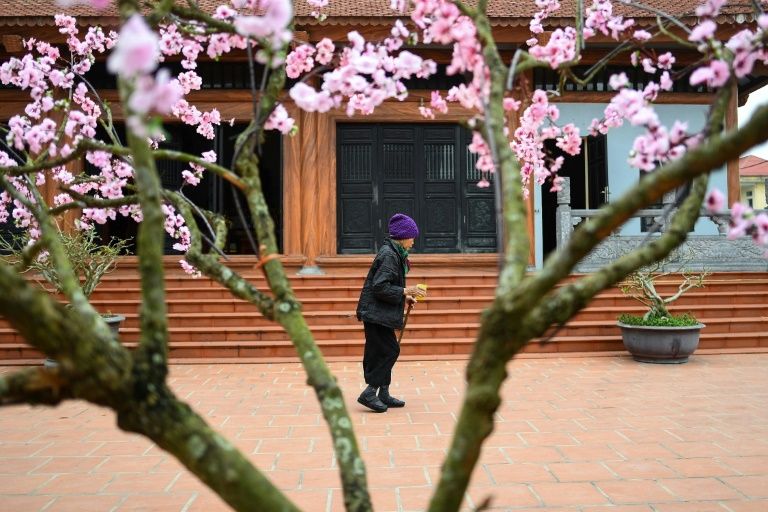Tran Huu Hoa was scared, desperate and on the verge of suicide after his leprosy diagnosis in 1958, fearing he'd never work or marry in an age when lepers were completely shunned from Vietnamese society.
He could not imagine he would find new life at the leprosy hospice where he has been living for 61 years, a walled off compound in northern Thai Binh province where he met his wife, worked as a union boss and took in needy children.
"There were about 2,000 people here then, mostly young people. It was fun because we started a teen union," the 80-year-old told AFP, sitting on his bed with his wife Teo of 54 years.
Today there are only 190 patients at the hospital, all cured but living with disabilities caused by leprosy.
Many walk with prosthetic legs. Others like Hoa have lost fingers. Some are so severely disabled they spend the day bent over in bed, covered with thick blankets to keep the cold at bay.
Founded in 1900, Van Mon is the oldest leprosy hospital in northern Vietnam.
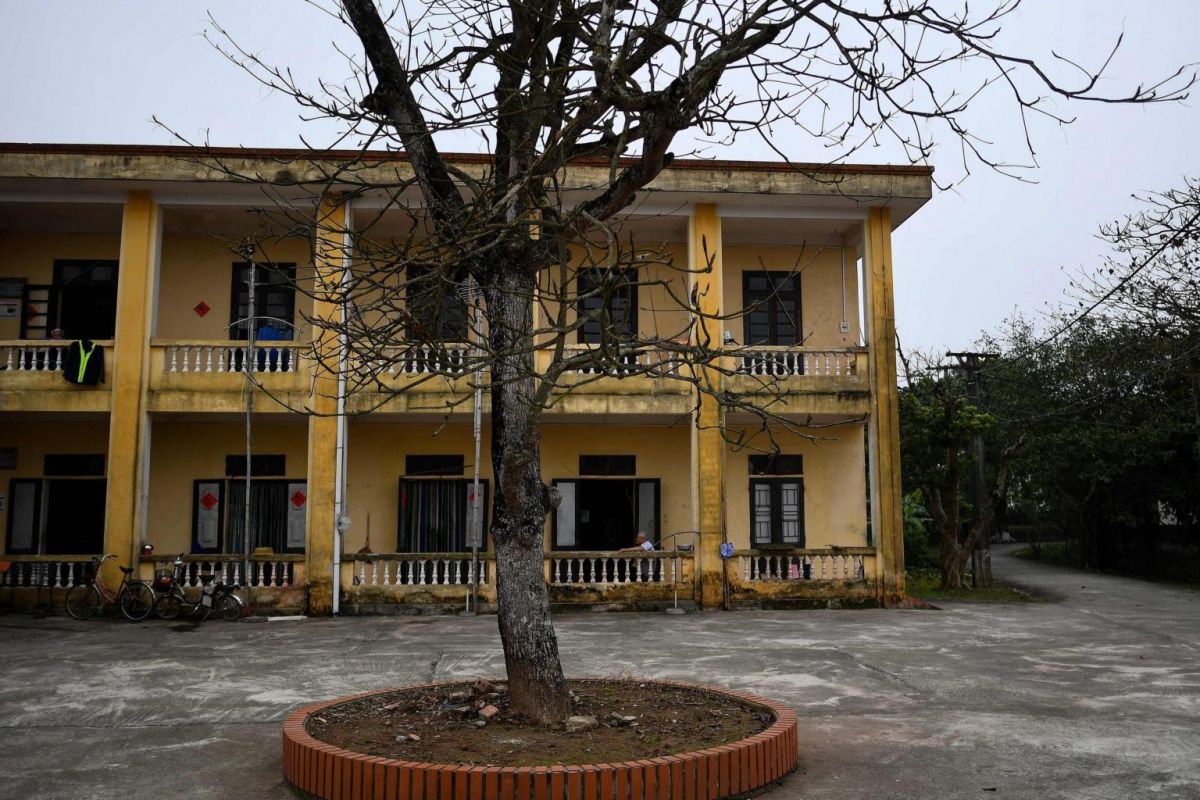 |
| The two-storey building houses leprosy patients and survivors in the Van Mon Leprosy Hospice compound. Photo: AFP |
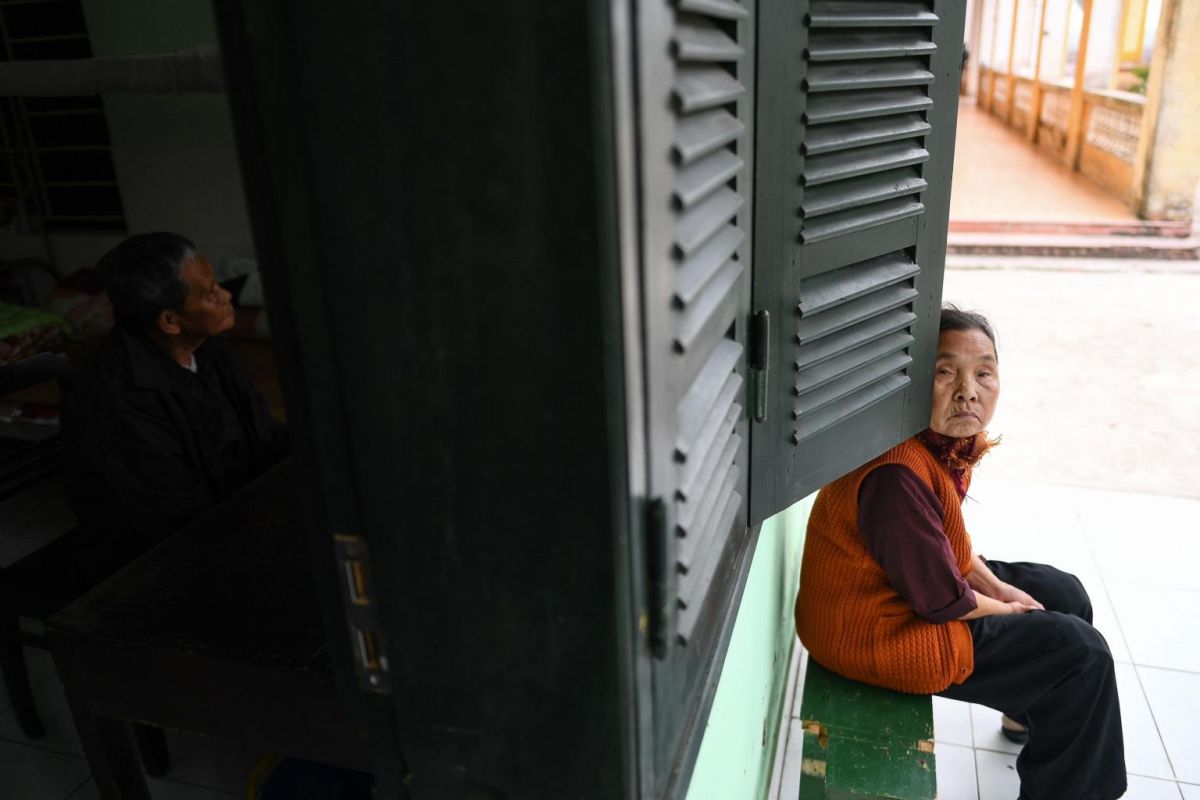 |
| Leprosy survivors Tran Huu Hoa (left) and Nguyen Thi Teo (right) sit at the Van Mon Leprosy Hospice compound in Vietnam. Photo: AFP |
At its peak it treated 4,000 patients a year -- a number that has dwindled as leprosy cases have dropped across Vietnam thanks to improved healthcare, hygiene and greater awareness of the disease.
World Leprosy Day is January 27.
There were 248 people being treated for leprosy in 2017 in Vietnam, down by more than half from a decade earlier, according to data from the World Health Organization.
But as numbers have decreased so have the live-in patients at the Van Mon centre.
Meandering days are punctuated with a morning and midday meal. Some pass the time worshipping at the on-site chapel or pagoda, while most watch TV or listen to the radio during the day when they are not sleeping.
"I have no one to count on, I'm so lonely, so I just follow God. When I die I will follow God then too," said Pham Van Bac, 83, who has been at the centre since 1960.
His daughter no longer visits and his grandchildren come only once a year, so he has little to look forward to most days, he says.
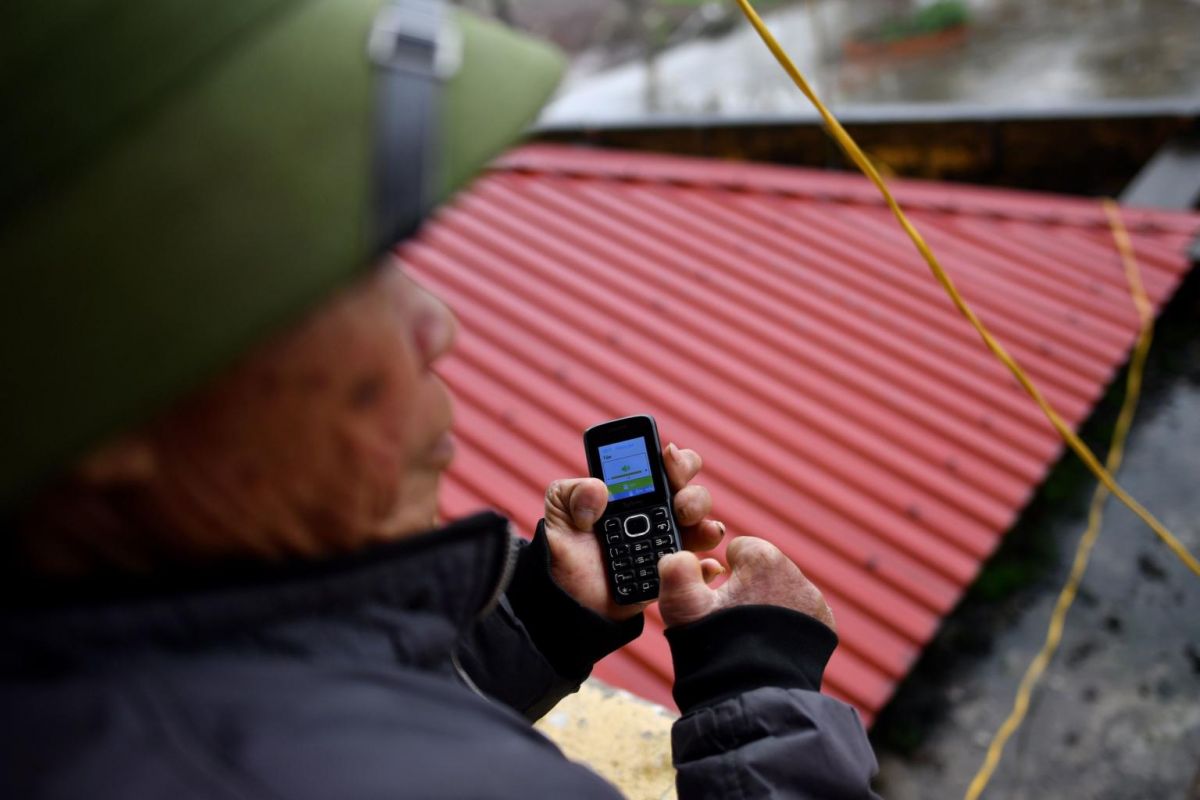 |
| A leprosy survivor uses his mobile phone in the Van Mon Leprosy Hospice compound. Photo: AFP |
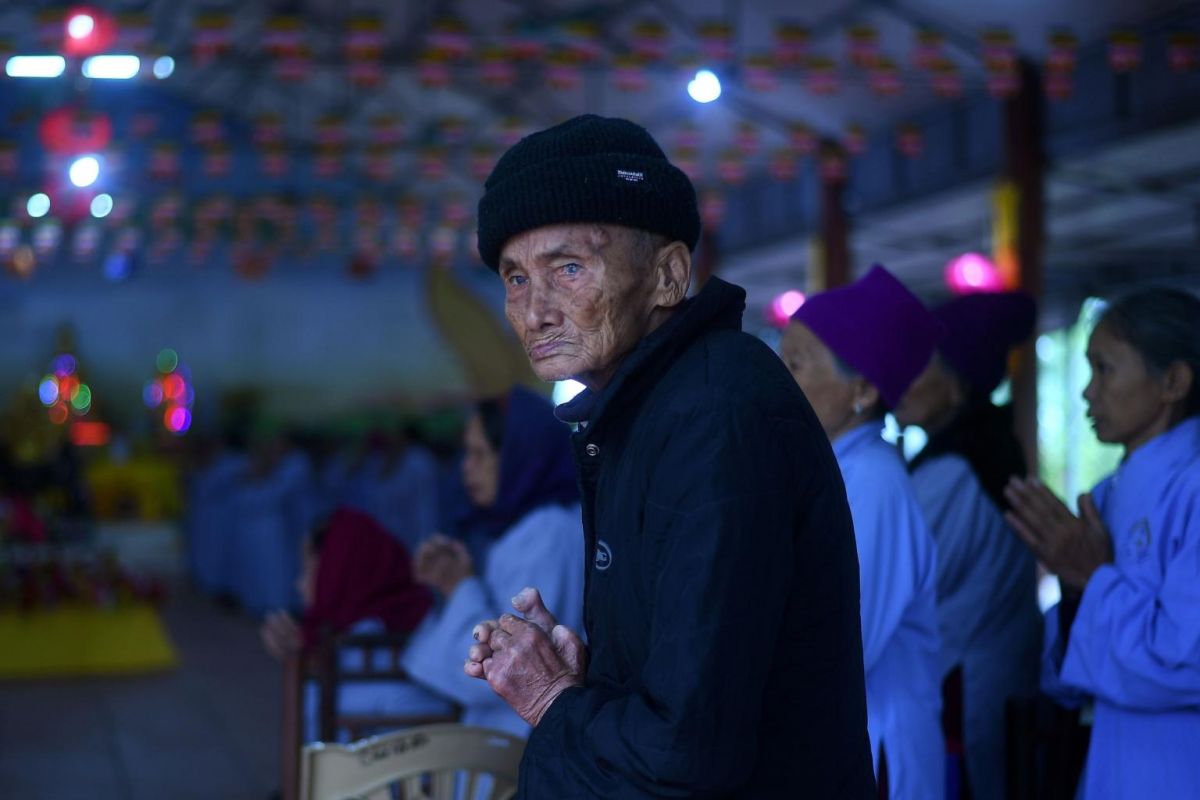 |
| Leprosy survivor Nguyen Ba Chuyen, 87, offers prayers with other patients on the 15th day of the lunar month in the hospice compound on Jan 20, 2019. Photo: AFP |
But many like Bac chose to stay, fearing they will be a burden on their families, or lose the care and small stipend provided at the government-run hospital.
Some, like Hoa, have found companions in the centre.
"It's a source of encouragement and motivation and they can have a happier and better life," said Nguyen Thi Thai, deputy director of the hospital where both her parents were once treated for leprosy.
And even though stigma against leprosy sufferers has largely faded outside the walls of the hospice, many prefer to remain at Van Mon.
Hoa said: "This is my second home, I will live here until my death."
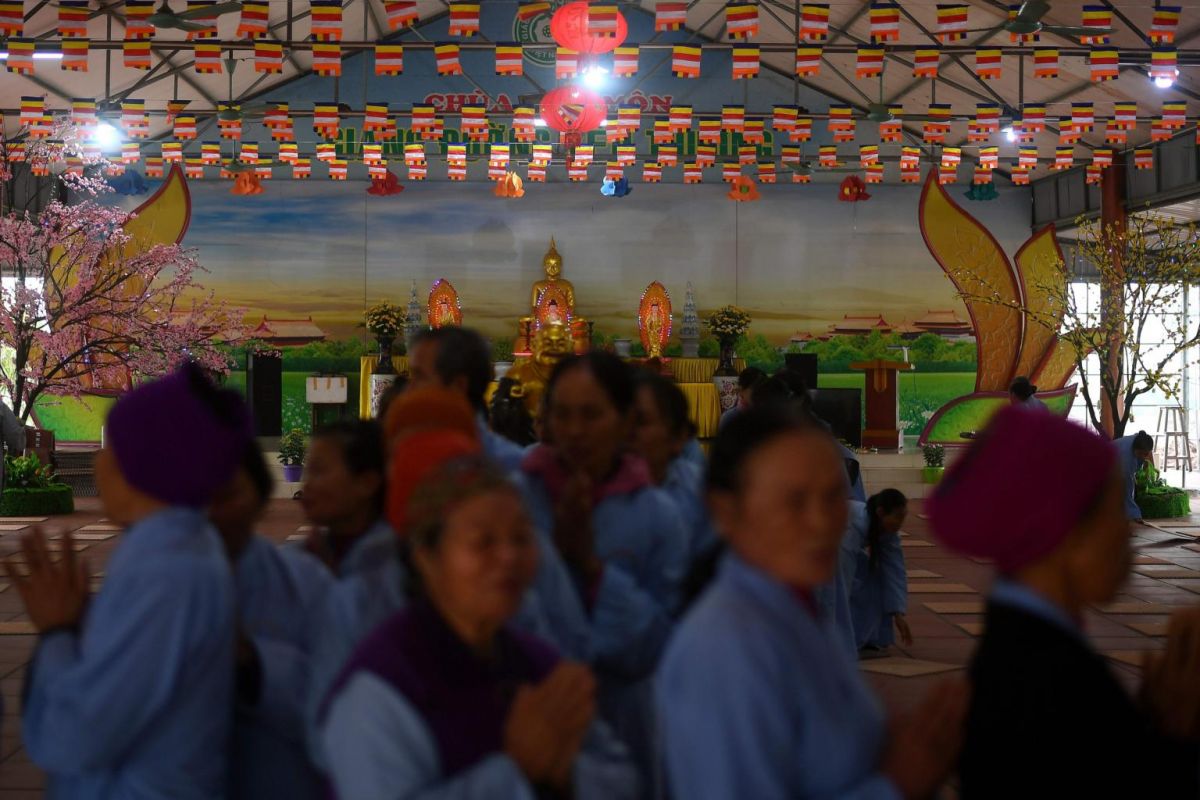 |
| Leprosy survivors offer prayers together with villagers on the 15th day of the lunar month. Photo: AFP |
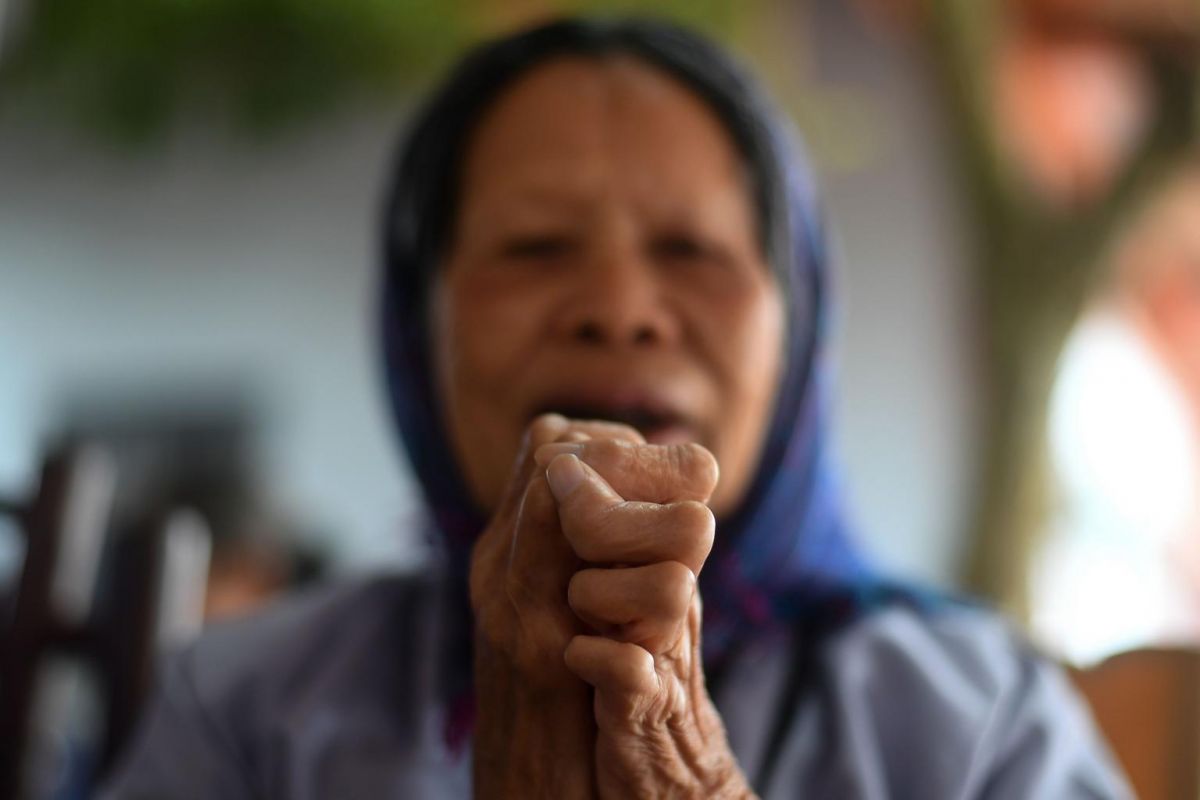 |
| A leprosy survivor offering prayers on the 15th day of the lunar month at a pagoda in the Van Mon Leprosy Hospice compound on Jan 20, 2019. Photo: AFP |
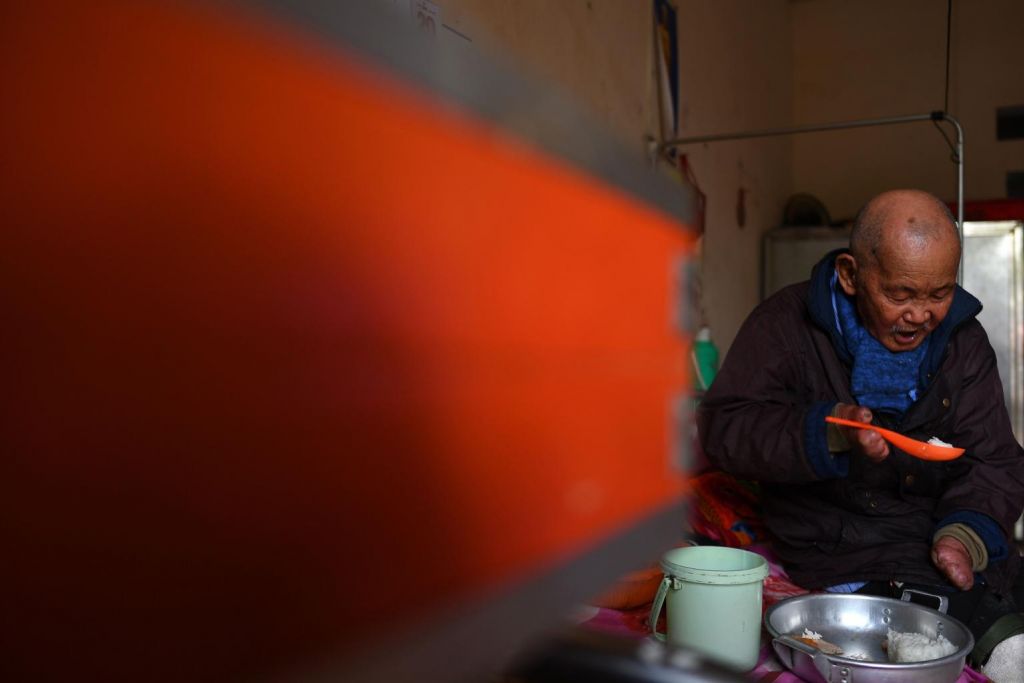 |
| Leprosy survivor Nguyen Quang Chieu, 85, eats his lunch inside his room at the hospice. Photo: AFP |
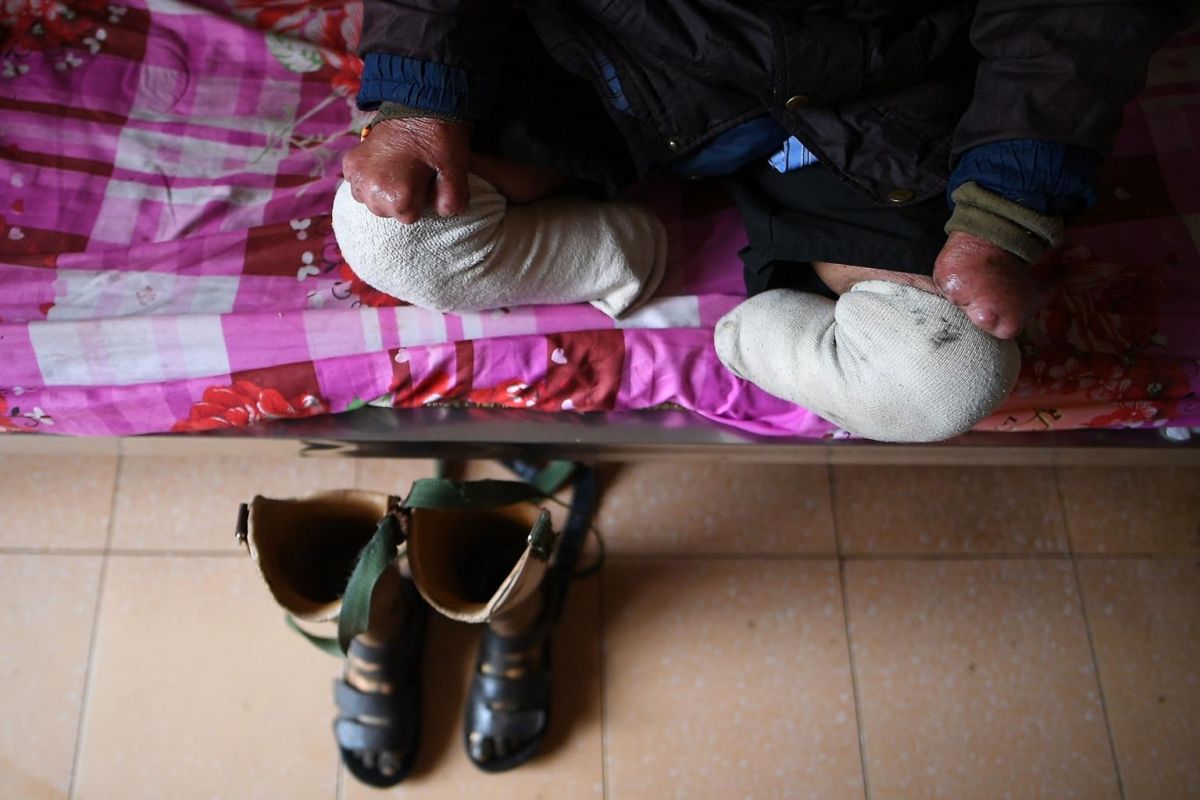 |
| A disabled leprosy survivor sits on his bed at Van Mon Leprosy Hospice. Photo: AFP |
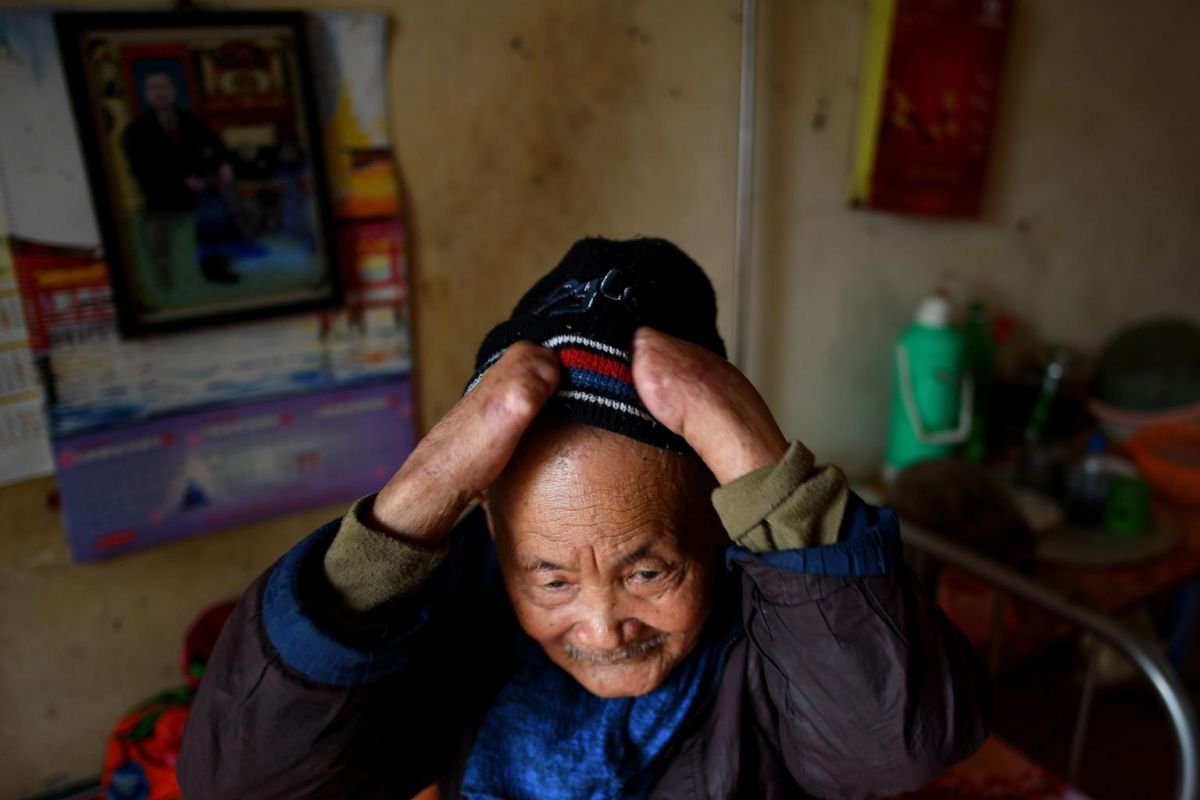 |
| Leprosy patient Nguyen Quang Chieu, 85, puts on his wool cap at Van Mon Leprosy Hospice on Jan 20, 2019. Photo: AFP |
Like us on Facebook or follow us on Twitter to get the latest news about Vietnam!



